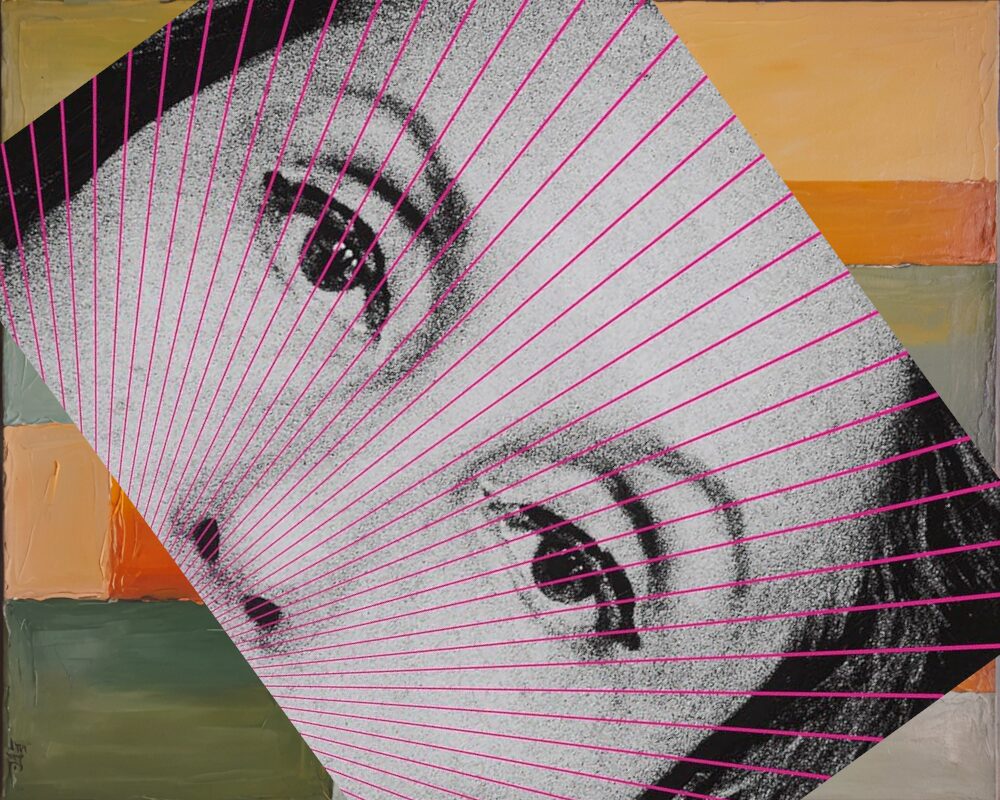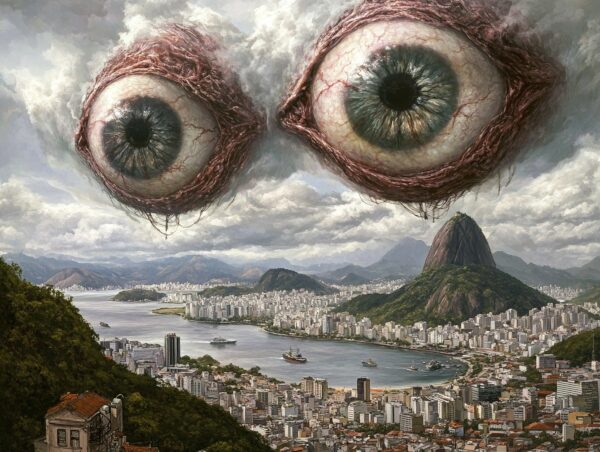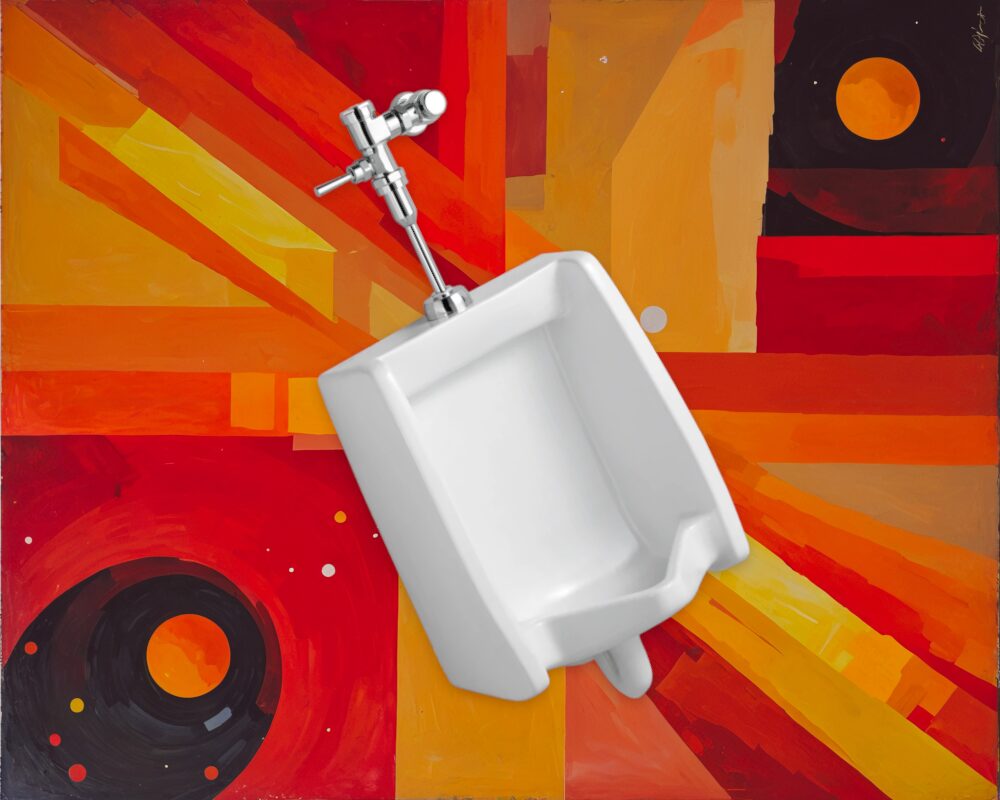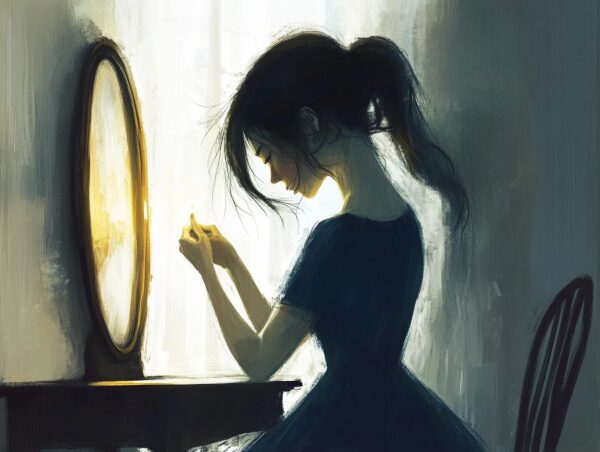
Brazil has apparently been sleeping on one hell of a writer and refusing to let the rest of the world know about her. Well, I’ve got some choice words for you, Brazil:
Share the wealth! There’s no reason for you to actively hide a writer from the rest of us for entire decades all while secretly giggling with each other in your beach-side bairros while sipping on Brahma.

In actuality, the United States is fairly notorious for excluding literature from other countries when it comes to “bestseller lists,” so it’s no wonder a writer like Clarice Lispector, whose career spanned 38 years, never really achieved mainstream success in North America. She wrote in Portuguese, not English.
However, and quite thankfully, “Complete Stories” by Clarice Lispector is #565 on the list of 1,000 Books to Read Before You Die. I’ve had a chance to spend a few days with these stories, and I have been nothing but impressed.
Lost in Translation
It is exceedingly rare for a translated work to “make it” in America, but even so it is strange that Lispector’s work only ever caught on in literary circles. She started publishing at the age of 18 (in 1938) and kept writing until her death one day before her 57th birthday. In that time, she published 9 novels and 8 short story collections. All of these works with successful with Portuguese readers, but it wasn’t until relatively recently that she started gaining much traction stateside and started really selling.
“But those are just numbers,” you might say. What was it that made her popular enough that Brazil has erected not one but two statues in her honor?

She was one of the first female authors to bring the modernist movement to Brazilian readers. Modernists, you might recall, have a penchant for exploring the psychological workings of their characters and using new narrative forms such as stream of consciousness. Two of Lispector’s English-language influences were Virginia Woolf and James Joyce, so that ought to give you some idea of the style she was bringing to the Portuguese language.
Not to imply that she doesn’t stand on her own! Based on the stories I’ve read over the last few days, Lispector strikes me as substantially more accessible than Woolf or Joyce. Her stories have a dream-like quality that couple the mundanities of life with profound psychological revelation. They examine how simple events — like a chicken running away before being killed and cooked — can drastically impact a household.
You May Say I’m a Dreamer
Psychologists have long understood that language impacts thought; the language in which we speak dictates the thoughts we think. There’s that urban legend going around that Eskimos have 40 words for snow, which is a huge oversimplification, but the point holds true: We can only think about things we have words for.
This, I think, is what gives translated works like Lispectors’ such a dream-like quality and makes them seem so other-worldly: The authors, in their native language, are often using words and ideas that don’t have a direct English corollary. In the hands of a bad translator, this can make the stories seem clunky or dull. In a good translation, however, they can capture a poetic sort of magic that’s lacking in works that were written originally in English.
We literally get to see the world through a different set of eyes.

What a Body
There are a few authors who put their work out there in “complete” editions (Ginsberg, Dickenson, and now Lispector), creating some absolute bricks that would strain any shelf. I have the same problem with these that I have with plays — they aren’t books.
I mean. Physically, yes, they are books, but they aren’t meant to be read all at once. I can’t imagine anyone who would want to sit down and read every short story that Clarice Lispector ever wrote all in an afternoon.
I have a certain philosophy when it comes to the lengths of these works and how much time you should spend on them. Let me put it in food terms:
Poems are a quick snack.
Short stories are a single meal.
And novels are a trip to the grocery store.

To read the entirety of Lispector’s work all-at-once would be akin to sitting down at Chili’s and ordering one of everything. Even if the meals are good — even if some of them are the best meals you’ve ever had — they will ultimately be lost in the mix and you’re going to come away feeling like you’re A) bloated, or B) dying. Probably both.
As I do with any big collection, it’s better to read them a little bit at a time, every once in a while, just when the mood strikes you. Bearing that in mind, I didn’t read the whole thing — I read (and listened to the audio versions of) about 15 of these. I will, however, wind up reading them all.
Lispector’s are stories I’d pick up and read on a spring morning when the weather has just become pleasant enough — still crisp, but pleasant — to open a window and let nature take over the room. The unique feel of this new, purer kind of air would make me notice things in minute detail, like the way my pencil hangs off the edge of my desk, as if that particular placement were somehow profound.
And it would be, simply for my thinking it so.

The Self on a Shelf
Sarah and I have a . . . confusing shelving system. We have a couple thousand books between us — me being an English teacher and she a librarian — and while our system makes sense to us, I imagine any other bibliophile would recoil in Dewey horror.
It’s organized loosely by genre, but mostly by feel. Alphabetizing has absolutely nothing to do with it, and it’s not uncommon to find scary books at a lower level than humorous books. Why? Because they deserve it.
Anywho, I’m probably going to put “Complete Stories” by Clarice Lispector on the shelf with the poetry books I take down and look at when the mood strikes me. Emily Dickinson is up there, along with Walt Whitman, Robert Pinsky, and a few others that I read at certain times of year.
“Chicken” just strikes me as a story that I’ll want to read again, and there are a few others that I’m sure will stick with me. “Love.” And the one about the math teacher unburying the dog.
I’m also going to be on the lookout for a few of her novels — it’ll give me an excuse to hit up one of the few used bookstores that survive in this midwest literary hellscape.







